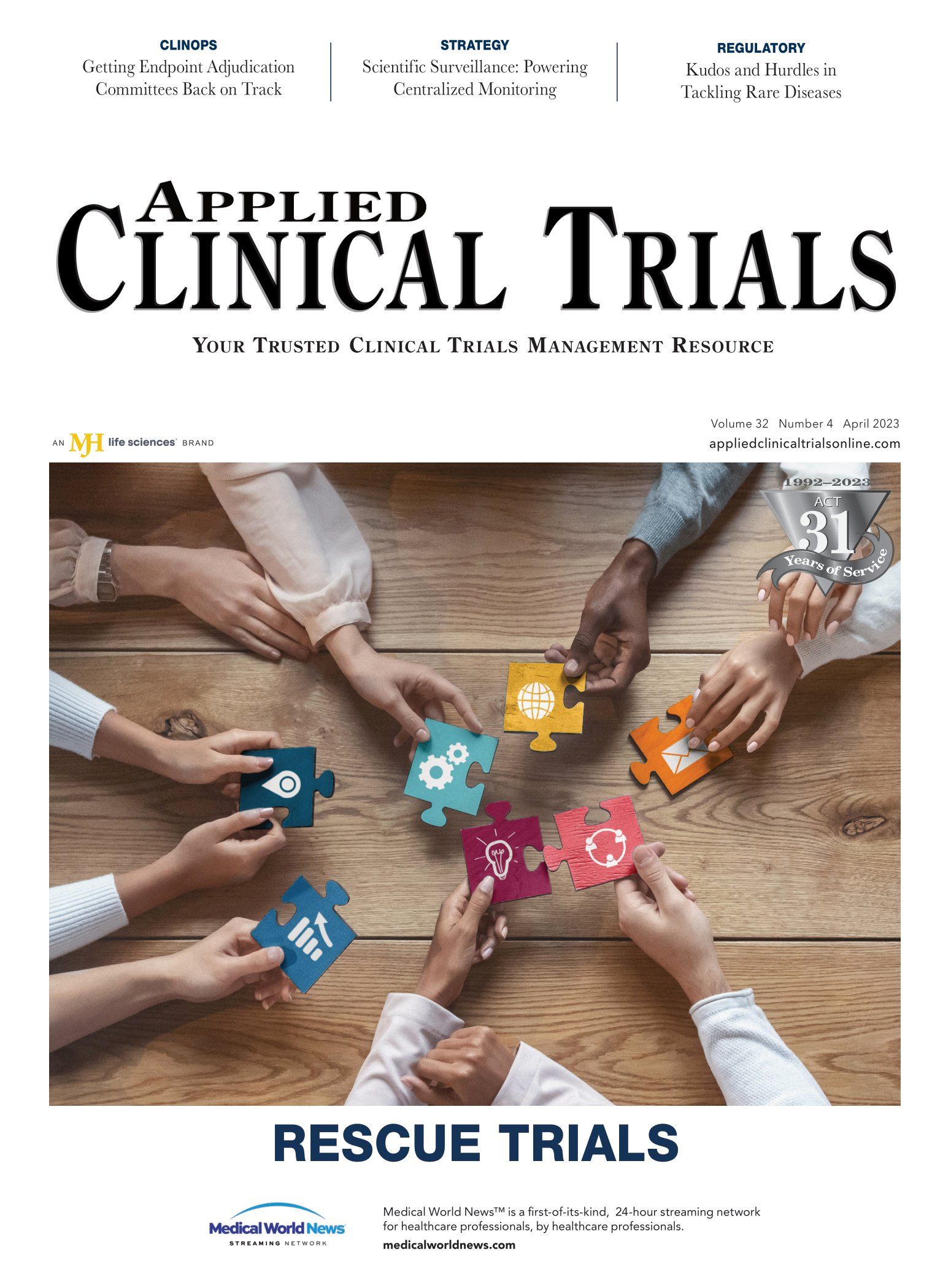Pharmacovigilance vs. Drug Safety
Identifying key differences between PV and drug safety.

Often the question, “what is the difference between pharmacovigilance and drug safety?” comes up around both our Pharmaceutical Executive and Applied Clinical Trials content. Here, I offer a comparison definition taken from a slide deck from our friends at PhysIQ:
Pharmacovigilance is the science and activities relating to the detection, assessment, understanding, and prevention of adverse effects or any other medicine/vaccine related problem. It is proactive, and focused on signal interpretation.
Drug safety refers to the frequency of adverse drug effects (ie., physical or laboratory toxicity that could possibly be related to the drug) that are treatment-emergent. That is, they emerge during treatment and were not present before it, or they become worse during treatment compared with the pre-treatment state. It is reactive and focused on compliance reporting.
In this recent Applied Clinical Trials podcast, Beth MacEntee Pileggi, head of global case and safety data management with Janssen Pharmaceuticals, and co-lead of TransCelerate BioPharma’s Pharmacovigilance Agreements Optimization Initiative, explained that 20 to 30 years ago, the role was called drug safety. But the therapeutic landscape has changed drastically; increasing regulatory requirements and new novel medicinal products—and not just the compounds, but also with delivery systems and multiple combination products.
“All of this adds layers of complexity,” said Pileggi. “Pharmacovigilance brings in other aspects of managing a drug’s risk profile, so it’s not just about the benefits, but also about the risks.”
Drug safety in clinical trials, however, remains its own regulatory segment, though both clinical and commercial teams may work together, depending on the pharma company.
At the same time, there is a computing/analytics movement within the PV space to create opportunities within the actual PV function or externally. For example, Pileggi notes that internally is a better way to receive, process, manage, evaluate, and monitor the multitude of incoming PV data to evaluate and aggregate insights.
Externally, many are looking at the trove of PV data to inform real-world evidence, clinical trial design, drug discovery, and improve clinical care or interventions of same, plus many more. Drug safety is not just a regulatory obligation; it now has the potential to change the world of therapeutics and clinical care for more positive patient outcomes.

Including Women of Childbearing Age in Clinical Research
March 26th 2024In recognition of International Women's Month, we're featuring this recent talk between Associate Editor Miranda Schmalfuhs and Marie Teil, Global Head of UCB’s Women of Childbearing Age Program. They speak about the specific challenges women with chronic illnesses face when accessing appropriate treatment and participating in clinical trials, UCB's Women of Childbearing Age Program and it’s most successful strategies, and much more.
Regulatory Compliance With eCOAs
April 26th 2024In the fourth and final part of this video interview with ACT editor Andy Studna, Melissa Mooney, director, eCOA sales engineering, IQVIA discusses how the regulatory stance on electronic clinical outcome assessments has changed over the years and what it could look like in the future.
Improving Engagement While Maintaining Data Integrity & Validity
March 19th 2024In recognition of Women's Health Month, we're featuring this recent talk between Associate Editor Miranda Schmalfuhs and uMotif's Chief Product Officer, Julia Lakeland, discuss new technologies improving patient engagement and reducing the emotional and logistical burdens of participation, ethical considerations that should be addressed when implementing those technologies, while ensuring patient privacy, and much more.
Using Patient Reported Outcomes in Dermatology Trials
April 25th 2024In part 3 of this video interview with ACT editor Andy Studna, Melissa Mooney, director, eCOA sales engineering, IQVIA sheds light on the unique challenges of dermatology trials and how clinical outcome assessments can be implemented in them.